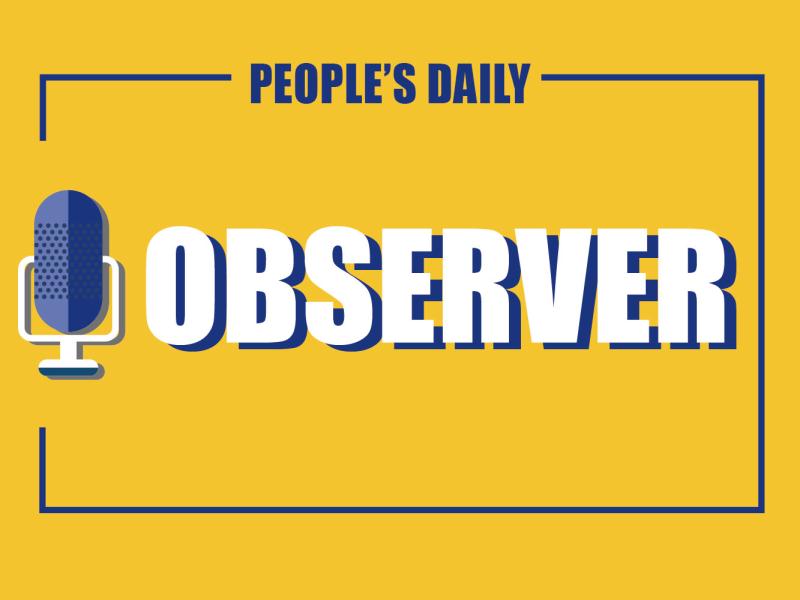
As the COVID-19 outbreak intensifies globally, careless preparation and strained medical resources of some governments are blamed for the current dangerous situation.
The claim is partly right. The shortage of doctors and supplies to fight the disease is a common challenge faced by any country in the early days. It takes time to coordinate multiple departments to focus on the production of medical equipment and transferring relevant staff.
The issue is who pays for it and how. The war of curbing the COVID-19 costs mounting efforts of all the frontline heroes, but perhaps wipes out people's savings if health care is not properly handled.
Let's illustrate it with the the United States, which in normal times has public health care for the most vulnerable, while the majority of citizens choose diverse private insurance plans. But when times are not normal, the gaps are highlighted in the limited coverage of health care.
The direct consequence is the high price for the virus test and treatment, as commercial health care providers continue to favor revenue over the patients. Even now CDC testing is free under the government's guidelines, but a hospital trip and other treatment procedures still cost thousands of dollars. FAIR Health, an independent healthcare nonprofit organization, recently released a report, showing that uninsured Americans with COVID-19 would pay an estimated average of $73,300 for a 6-day hospital stay.
It's getting more complicated when numerous healthcare plans overlapped and troubled patients. According to a report from Business Insider, 2 million people who live in the 14 states that did not expand Medicaid under the Affordable Care Act will fall into a coverage gap. They are not eligible for Medicaid, but are also ineligible for federal subsidies that make health insurance affordable through the national exchange.
“They’re doing healthcare to make money, not to take care of people,” said Dr. Judd Hollander, an emergency medicine physician and associate dean at Thomas Jefferson University in Philadelphia.
As a result, those who should be tested or quarantined for treatment will be wondering whether to avoid a doctor, building up into a contagion time bomb. Italy and Spain are painful lessons.
Are there any lessons of providing health care they can learn from China where the pandemic is dying down?
China's population is much bigger than the US, but less wealthy. How to detect the carrier and the infected becomes much harder, especially during the Spring Festival.
It meant a big economic loss when the Chinese government decided to prioritize people's health over anything else, but proved effective. No one is worried about the cost of tests and treatment, when the official report on January 22 said that 65 percent of medical fees per COVID-19 patient spent would be covered by the government.
The move encouraged "people's willingness to receive checks and treatment," said Zheng Gongcheng, an expert on social security services. "It wins the necessary time to make nationwide preparations and control the disease and prevent its spread."
The beauty of China's healthcare system lies in its integrated management of medical care resources as well. China boasts of the world's biggest healthcare network, covering 95 percent of the population. It keeps the balance between social benefits and profits. Migrant citizens can get reimbursements even in different registered places.
In the midst of the epidemic, struggling nations should make some economic sacrifices to care for their people, through expanding healthcare coverage especially for the vulnerable and simplifying the application process and reducing time.


